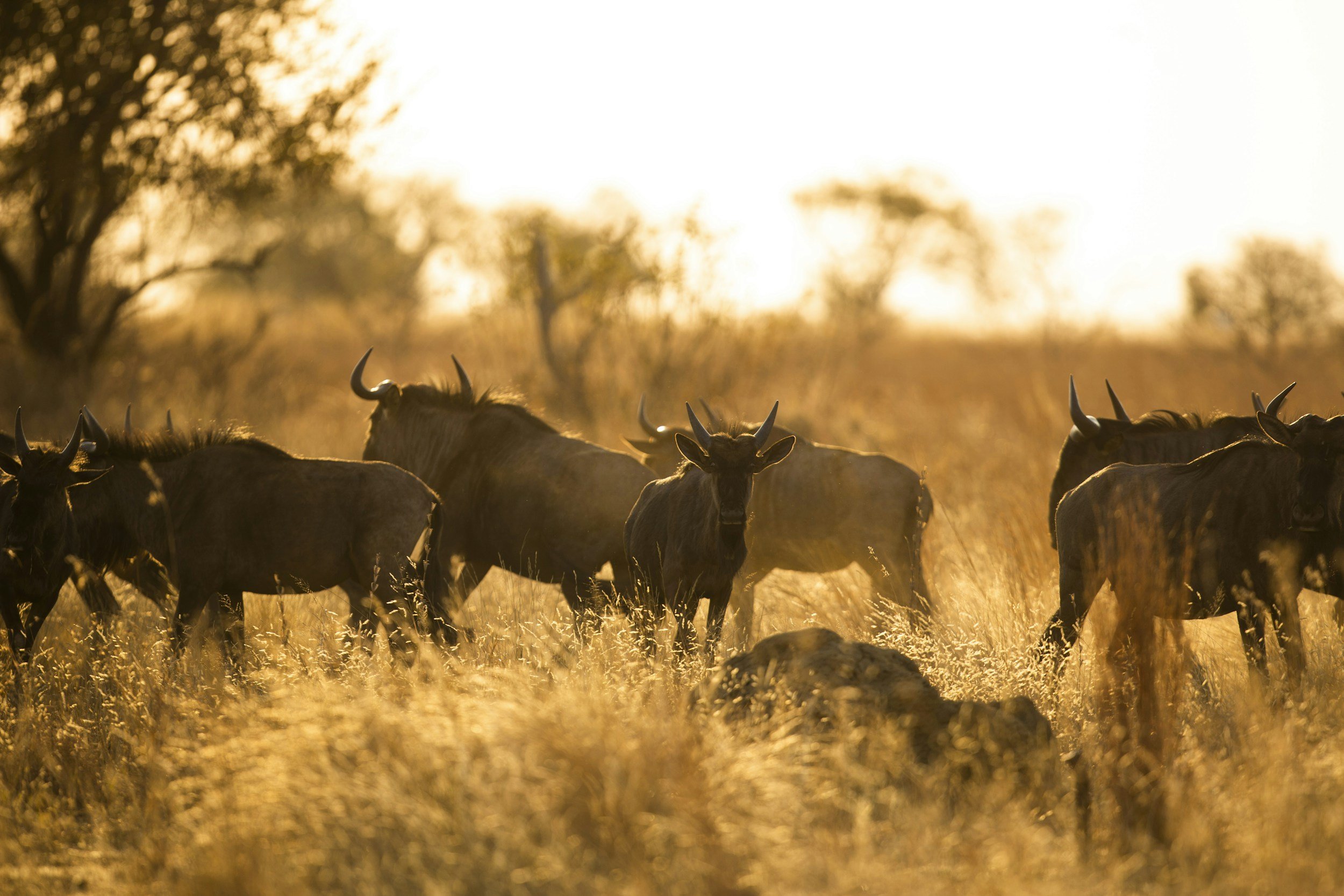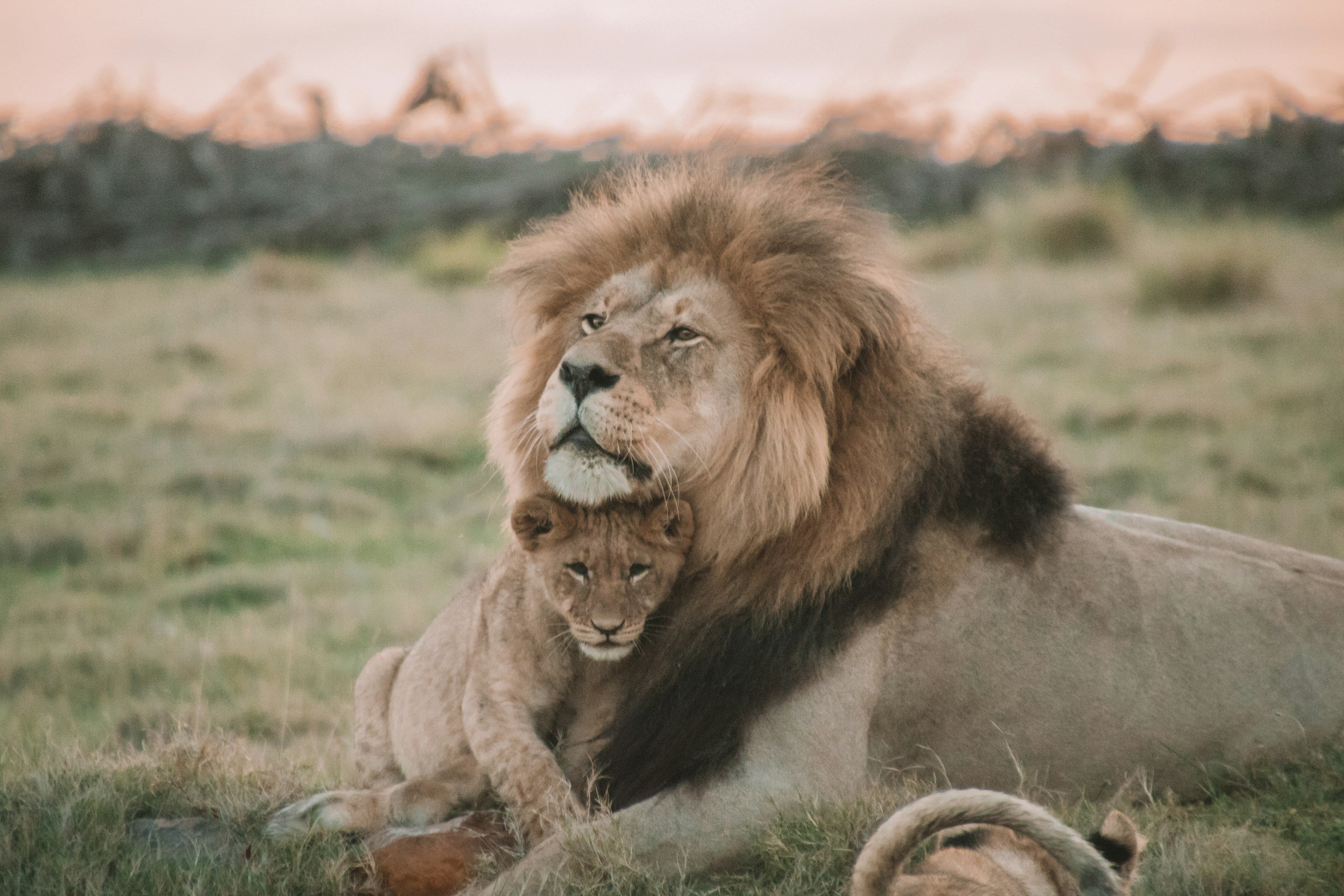Preserving Africa’s Rich Biodiversity
Africa is home to an incredible variety of animals, plants, and ecosystems. From vast forests to dry deserts, the continent supports thousands of species, including elephants, rhinos, and rare birds. However, many of these species are in danger due to problems like deforestation, poaching, and climate change. Conservation efforts are now more important than ever to protect Africa’s wildlife and natural habitats.
Why Conservation Matters
Africa’s biodiversity is crucial not just for animals but also for people. Many communities depend on natural resources for food, medicine, and jobs. Forests help regulate the climate by absorbing carbon dioxide, and healthy ecosystems provide fresh water. However, Africa loses about 4 million hectares of forest every year due to farming, urban growth, and illegal logging. This destruction threatens both wildlife and local communities.
Major Conservation Challenges
One of the biggest threats to Africa’s wildlife is poaching. Rhinos, for example, are hunted for their horns, and their population has dropped to fewer than 25,000. Elephants are also in danger due to the illegal ivory trade, with their numbers declining from 10 million a century ago to around 400,000 today. Stronger anti-poaching laws and better enforcement are needed to stop this crisis.
Another major issue is habitat loss. Expanding cities and farms push animals out of their natural environments, leading to conflicts between people and wildlife. Scientists predict that if no action is taken, Africa could lose over half of its bird and mammal species by 2100. Conservation efforts must balance the needs of humans and nature to protect these species.
The Role of Local Communities
One of the best ways to protect Africa’s biodiversity is by involving local communities. Many successful conservation programs include people who live near protected areas. For example, eco-tourism creates jobs while supporting wildlife protection. When communities benefit financially from conservation, they are more likely to help protect their natural surroundings.
Education also plays a big role. Schools and community programs teach young people about the importance of biodiversity, inspiring the next generation of conservationists. Local knowledge can be valuable in protecting species, as people who have lived in these areas for generations understand how to care for the environment.
Success Stories in Conservation
Despite the challenges, there have been many successful conservation projects in Africa. One example is the return of the Scimitar-horned Oryx to the wild in the Sahara Desert after being extinct in nature. In Cameroon, the Dja Faunal Reserve works with local people to protect forests and wildlife. Organizations like African Parks help restore national parks and bring back species that have disappeared from certain areas.
The International Gorilla Conservation Programme, which operates in Rwanda, Uganda, and the Democratic Republic of the Congo, has helped protect endangered mountain gorillas by working closely with communities and governments. These projects show that conservation is possible when people come together with a shared goal.
The Impact of Climate Change
Climate change is making conservation even more difficult. Rising temperatures, changing rainfall patterns, and extreme weather events harm both people and animals. Scientists predict that temperatures in African rainforests could increase by 3 to 4 degrees Celsius by 2100, which could be disastrous for many species.
Water shortages are also becoming a serious issue. As rivers dry up, both humans and animals struggle to find enough water. Conservation efforts must focus on protecting ecosystems that provide water, such as wetlands and forests, to ensure that all species can survive.
Fighting Poaching and Illegal Wildlife Trade
Many conservation groups are working hard to stop poaching. For example, African Parks uses technology like tracking collars to monitor animals and protect them from hunters. Training local rangers to guard wildlife areas has also helped reduce poaching in some regions.
Wildlife censuses, or population counts, help scientists understand how different species are doing. This data allows conservationists to create better strategies to protect animals. Programs that turn poachers into park rangers have also been successful, as they provide people with alternative ways to earn a living.
Protecting Natural Habitats
Only about 13% of Africa’s land is protected, but even these areas face threats from illegal activities and lack of resources. More funding and support are needed to manage these protected areas effectively. Planting trees and restoring damaged ecosystems can help rebuild lost habitats and improve biodiversity.
Healthy habitats are also important in fighting climate change. Forests, grasslands, and wetlands absorb carbon dioxide, helping to slow global warming. Protecting these environments benefits both wildlife and people.
Eco-Tourism and Conservation Funding
Eco-tourism is a growing industry that helps fund conservation projects. By visiting wildlife reserves and national parks, tourists provide money that supports conservation efforts and local communities. For example, the Maasai Mara Rescue Fund in Kenya helps protect endangered animals through eco-tourism revenue.
Tourism also raises awareness. When people see Africa’s incredible wildlife up close, they often become more passionate about protecting it. However, eco-tourism must be managed carefully to prevent harm to the environment and local cultures.
Education and Spreading Awareness
Teaching people about conservation is essential for long-term success. Unfortunately, less than 0.7% of global scientific research comes from Africa, showing a need for more investment in education. Schools, community programs, and media campaigns can help spread awareness and encourage people to take action.
Programs that involve students in conservation projects give young people hands-on experience in protecting nature. Public campaigns about endangered species can also help people understand the importance of conservation.
The Future of Conservation in Africa
Protecting Africa’s biodiversity requires teamwork between governments, conservation groups, and local communities. Conservation efforts must also include financial support from international organizations and businesses.
New funding models, such as conservation trusts and partnerships with private companies, can help provide long-term support for wildlife protection. Sustainable solutions that balance environmental needs with human development are key to ensuring that Africa’s incredible wildlife and natural landscapes remain for future generations.
By investing in conservation, supporting local communities, and spreading awareness, Africa can continue to be a home for its rich biodiversity while also improving the lives of the people who depend on it.


